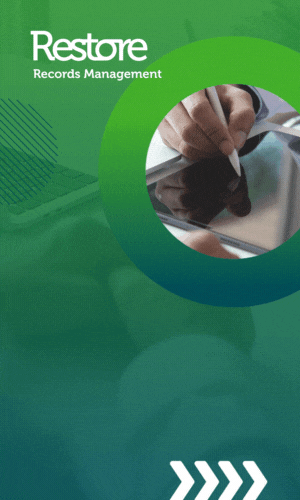Scientists from University College London (UCL) and Istituto di Tecnologia (IIT – Italian Institute of Technology) have created a temporary ‘tattoo’ that features light-emitting technology.
Using technology similar to TV and smartphone screens, the innovation could lead to a ‘new type of smart tattoo’, according to UCL News. These could have a range of potential uses in the future, including in the health tech sector.
The tech uses ‘organic light-emitting diodes (OLEDs)’ and can be applied like a water transfer tattoo – transferred to a surface by pressing and dabbing with water.
In a new paper published in the ‘Advanced Electronic Materials’ journal, suggestions include combining the technology with other electronics to create alerts for users, citing dehydration in athletes or getting out of the sun in time to avoid sunburn, as examples.
As well as a range of uses across areas such as food packaging and fashion, potential healthcare uses mentioned include emitting light to correspond to changes in patient conditions and advanced help with targeting cancer cells.
Professor Franco Cacialli from UCL Physics & Astronomy, and the senior author of the paper, said: “The tattooable OLEDs that we have demonstrated for the first time can be made at scale and very cheaply. They can be combined with other forms of tattoo electronics for a very wide range of possible uses. These could be for fashion – for instance, providing glowing tattoos and light-emitting fingernails. In sports, they could be combined with a sweat sensor to signal dehydration.
“In healthcare they could emit light when there is a change in a patient’s condition – or, if the tattoo was turned the other way into the skin, they could potentially be combined with light-sensitive therapies to target cancer cells, for instance.
“Our proof-of-concept study is the first step. Future challenges will include encapsulating the OLEDs as much as possible to stop them from degrading quickly through contact with air, as well as integrating the device with a battery or supercapacitor.”
Due to the OLEDS technology used – first used in flatscreen TVs around two decades ago – the ‘tattoos’ could be used on flexible surfaces. And as UCL news states, as they can be made from liquid solvents, the tech is also printable, which means it should be cheap to create new designs and to make them ‘bespoke’ to different uses.
Find out more via UCL or read the full study online.





